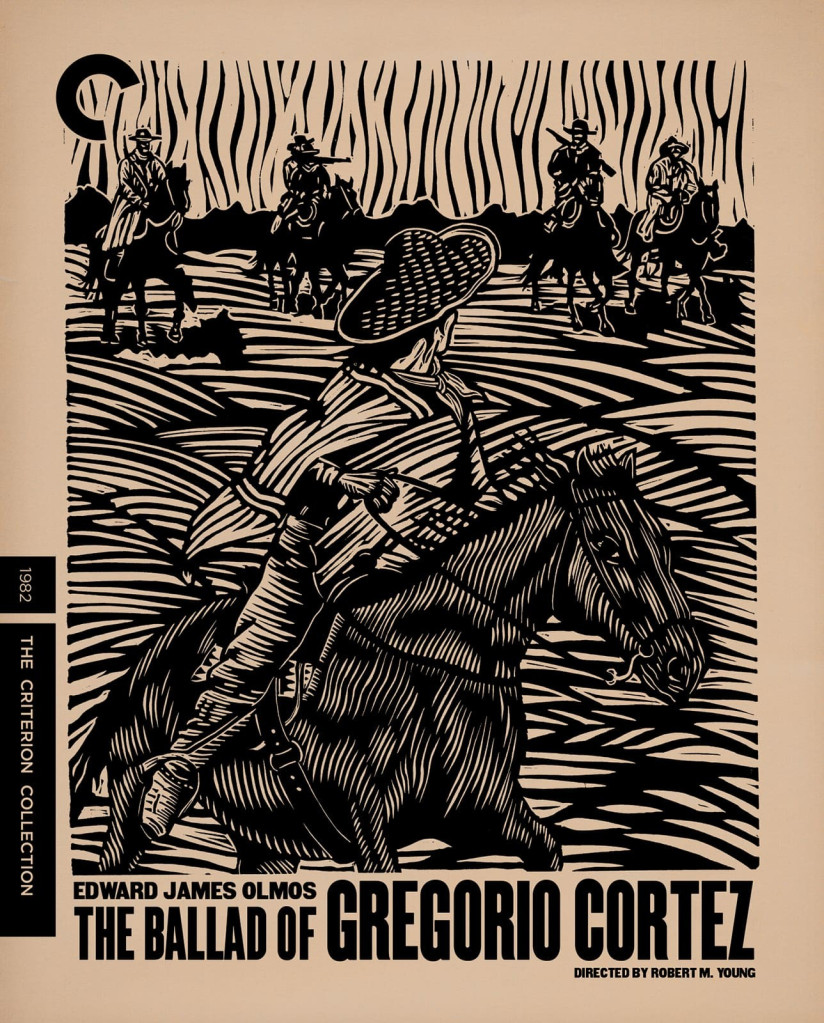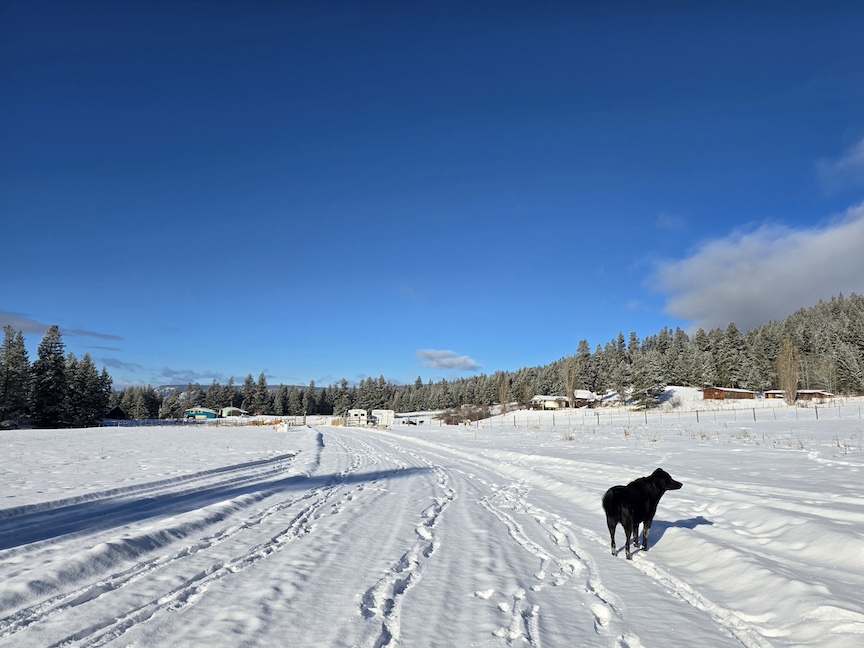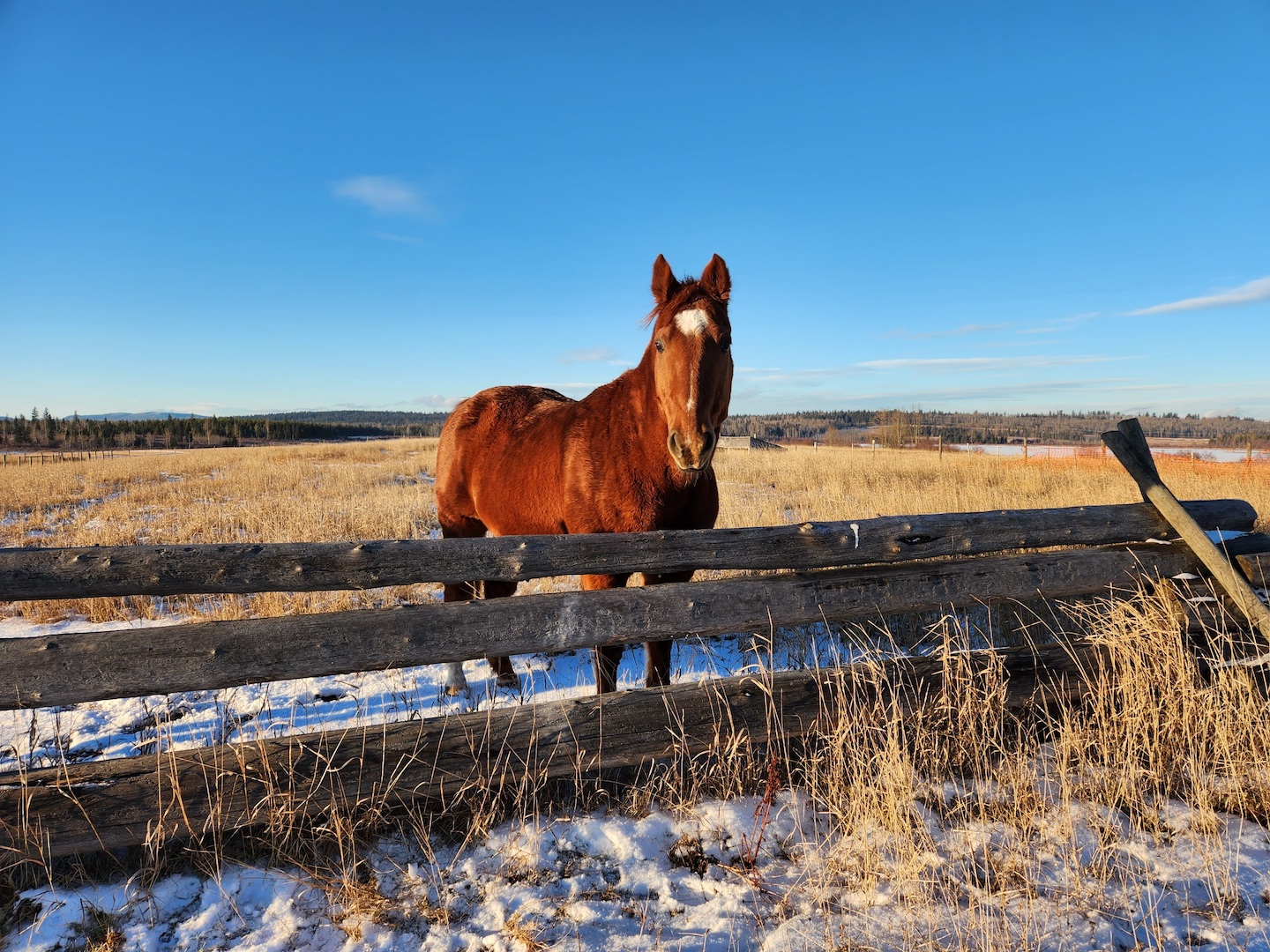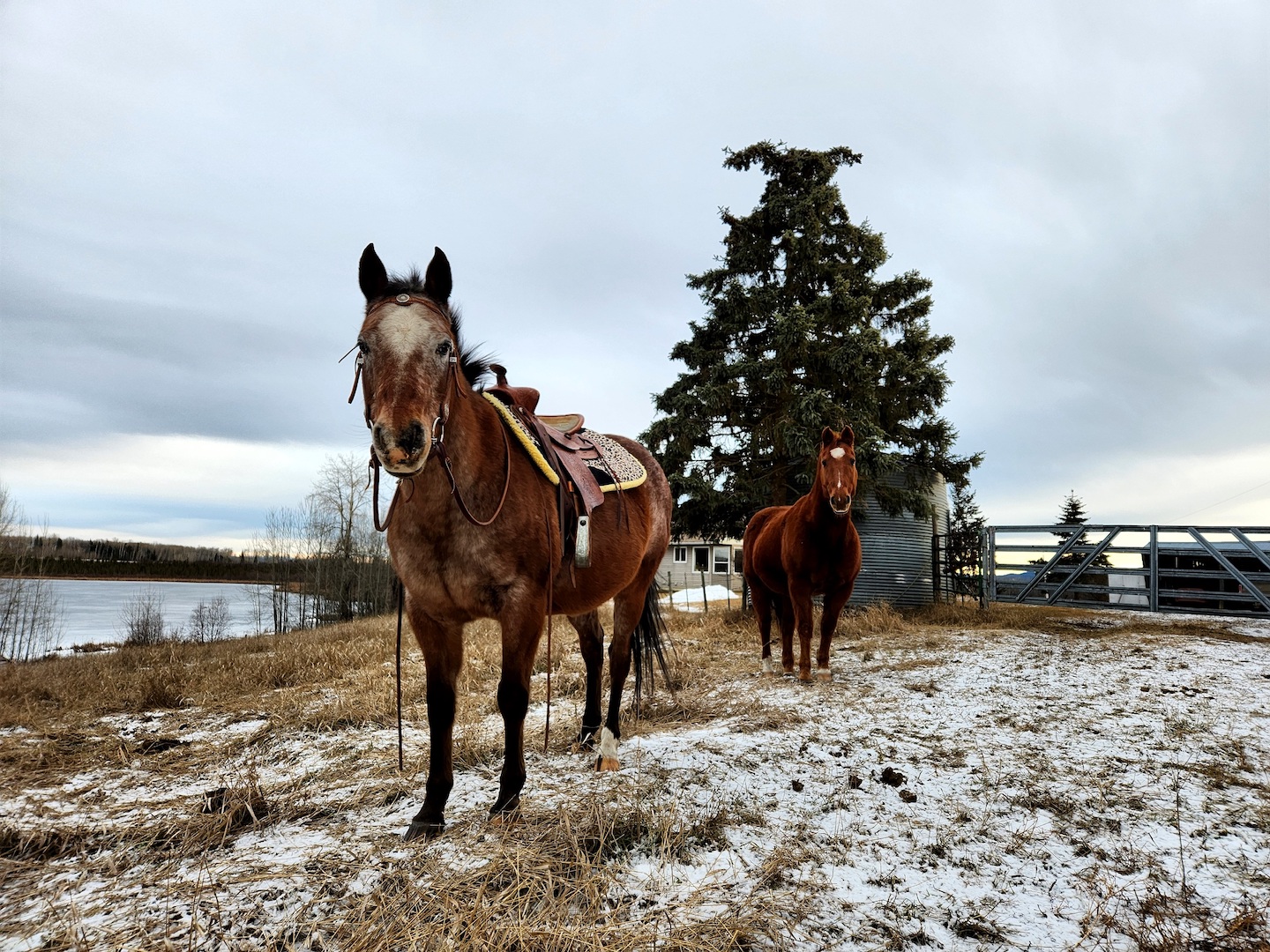Starring: Edward James Olmos, James Gammon
Director: Robert M. Young
Released: 1982
Mood: If you want a Western story that’s outside the comfort zone and will make you think and feel and get super pissed off at social injustice.
I was beyond stoked to watch The Ballad of Gregorio Cortez. There’s an obvious overabundance of white dude stories that make up my favourite genre – and the way everyone else is represented can be anywhere from cringe-worthy to offensive.
No matter how much I love a good ol’ gunslinger tale, I also want to see the other sides of history and get the full picture.
This review is rather somber and devoid of f-bombs, which is shockingly out of character for me. Don’t panic. I’m still full of cuss words, but this movie deserved a more serious treatment.

Gregorio Cortez is a Chicano film, with Mexican-American actors, a largely Mexican-American production team, telling a Mexican-American story. It’s based on a real man whose actions became folk legend for people in border communities. Cortez shot and killed a sheriff in self defense, over a huge misunderstanding due to the language barrier. He evaded capture for 10 days in an epic chase on horseback that was the biggest manhunt in U.S. history at that time.
There’s even a song about it: El Corrido de Gregorio Cortez.
Edward James Olmos brought this movie to life as both producer and lead actor, because he wanted to shed light on the hostility Mexican-Americans faced at that time. Texas was fresh off multiple conflicts (gaining independence from Mexico, the Mexican-American war, being begrudgingly included into the U.S. as a slave state). It was basically a powder keg, and everyone was constantly poised to fight.
Be forewarned, the story is EXTREMELY sad, like most POC stories in the Old West. You’ll feel uncomfortable and angry, and that’s a good thing.

Gregorio Cortez opens in Gonzales, Texas, 1901. Cortez (Olmos) is being hunted by a band of local lawmen. Cortez is galloping ahead with an agonizingly tiny lead over the group at his heels, and that level of tension never goes away.
The perspective shifts between the pursuers and Cortez, and the differences between those scenes illustrate the themes of the film. Cortez is almost entirely silent, afraid but determined. The group of law enforcers are loud and fuelled by their growing numbers, supported from all angles, and dead sure that they’re right.
The story comes out in a series of flashbacks as Reporter Blakely (Bruce McGill), riding with the lawmen, interviews them about the incident. At first it portrays Cortez as an angry killer, but as more perspectives are added, you can see multiple holes in their version – plus the massive communication breakdown.
We hear that Sheriff Glover rode up to the farm where the Cortez family worked, following a report of a horse theft. Deputy Boone Choate (Tom Bower) acted as translator for the exchange, “because I speak Mexican”. This is a man who continually uses racial profiling to arrest every Mexican-American person they encounter as “probably part of their gang”.
Choate is a racist piece of garbage. His unapologetic mistake in translating what Glover and Cortez said to each other is what caused the whole incident. Glover asked if Cortez had recently acquired a horse, which Choate phrased as caballo. Cortez said no, he had not got a stallion – he got a yegua, a mare. Choate didn’t know that word, so he just told Glover that Cortez was denying it and refusing arrest.

The first person who shows any kind of compassion is Sheriff Frank Fly (James Gammon). He informs Reporter Blakely that it’s not a gang, it’s just one man. He also orders Choate to stop assaulting and release a group of women and children. Sheriff Fly is hunting Cortez because he was put on the case of a suspected crime, but he’s rational and fair.
I was drawn to Gammon’s character right away. His Sheriff Fly is cool, collected, and a bit of that Virgil Earp voice-of-reason in a pack of wound-up idiots. I liked something about his face, but couldn’t put my finger on it – it wasn’t just his fantastic moustache. I realized that Gammon was one of THE faces of the Western genre: The Sacketts, Appaloosa, Monte Walsh, Nash Bridges, Wyatt Earp, Silverado, and a slew of TV shows and TV movies in the ‘70s and ‘80s like Bonanza, The Virginian and Gunsmoke.
Olmos’ Cortez is heartbreakingly earnest. With only a handful of lines for the first two-thirds of the movie, Olmos really has to emote. You slowly get to know Cortez as mild-mannered, gentle with horses, and respectful to the people he meets.

The actual arrest scene is so quiet, at first you think damn, that was anticlimactic. But both Cortez and his pursuers had been literally galloping across Texas for 10 days at that point. The law enforcement guys would leap from one galloping horse to a fresh one without breaking stride. It makes sense that neither Texas Rangers Captain Rogers (Brion James) or Cortez would want to get physical.
The second part of the film focuses on the legal system, with attorney B.R. Abernathy (Barry Corbin) hearing his story through a legit translator and genuinely trying to help Cortez. But it’s a jury of white people, and Cortez is a Mexican-American accused of killing two sheriffs and a deputy (there were more incidents along the chase, but I don’t want to spoil the whole damn plot).

Gregorio Cortez is driven by the power of words and language. It includes several scenes with only Latin American Spanish being spoken, but the production team made the choice to not include subtitles in the DVD. This gives the non-Spanish-speaking audience the same feeling of total loss and confusion that Mexican-Americans would have felt throughout the events depicted, and makes exactly the right statement.
The film meets all of the Western criteria – horseback chases, shootouts, desolate scenery, and a manhunt. What it also offers is an educational social commentary on the Old West from a perspective that’s rarely seen. It’s a much-needed balance to the standard fare.
With that said, it would be wrong if I didn’t add in closing that Edward James Olmos had a damn fine moustache in his youth.


